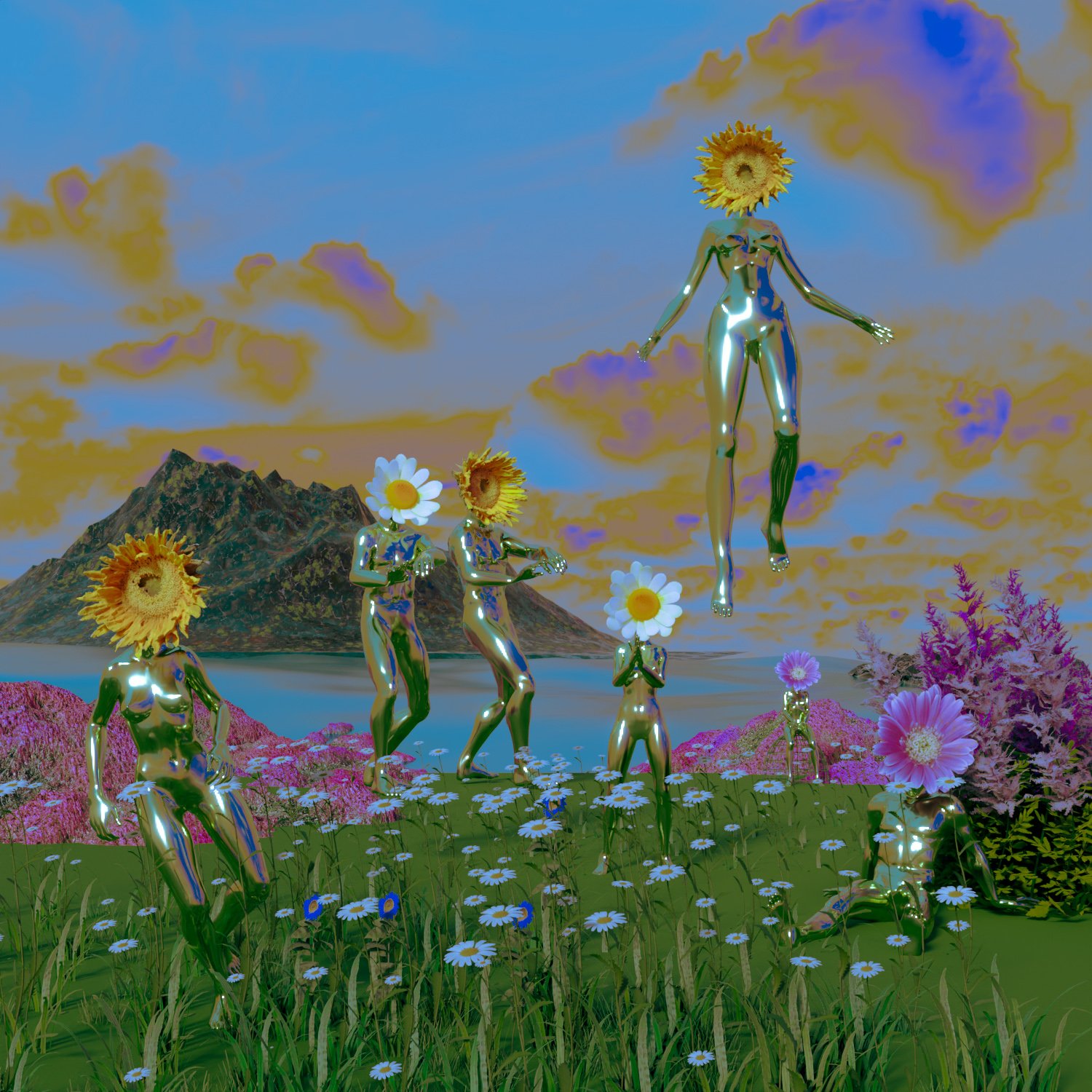Cost of the Dead

Author Juan Hinestroza explores the violence epidemic in Quibdó through magical realism.
Coffins. They were gathered, huddled in the funeral home, dead after dead arriving; it was a massive wake. The mourners, recognized by the number of wine glasses collected around them, were all together, trying to console each other and measuring each other's pain based on the number of bullets the deceased had taken:

eon_seven
"Mine? Four, the first time."
"The first time?"
"Yes, because they went back to the hospital to make sure he was dead. They also hit a nurse who was caring for him. And yours?"
"38 shots they pumped into him, can you believe it?I didn't believe it until I heard the scream, a fearful girl screaming for help because they had killed my boy."
More and more coffins were arriving. At La Costa funeral home, they closed the street from Carrasquilla to IEFEMP because space was needed to accommodate the mourners; coffins coming in and coffins going out. People no longer differentiated which one was their box, to the point that they no longer knew which dead person they were mourning:
While some mourned others' dead, on the other hand, there were disturbances claiming the coffins:
"That's my dead person!" Said one of the mourners.
"Look, see, that's mine, I recognize it because it had a purple ribbon at the bottom, that mahogany-colored coffin we made at home."
"That's mine, damn it, I'll have a vigil wherever they take him!"
Cries. As the hours passed, those who had made a marathon of crying began to faint; they had started with timid tears, tied with the same pain that made them come out, and gradually mutated into uncontrollable gasps and streams of saltwater wandering over faces that couldn't bear the pain of bitter reality.

eon_seven
Shouts. As night fell, when they evacuated coffins, the atmosphere was revived, those who were once tired had rested, and their main mission was to recall the pain by reviving the heavy atmosphere with disorganized shouts, louder and louder.
But who were innocent and who were guilty? That was the great dilemma. They were born with a death sentence rooted in the word poverty, or what was the same, Chocó.

eon_seven
In La Playita, while closing and securing windows, they heard the complaints of Mr. Jacinto at full lung capacity: "Oh, Lord, listen to my pleas! For God's sake, send us a new mayor, it's time to sell our votes again, this burial of the dead has already emptied our pockets!"